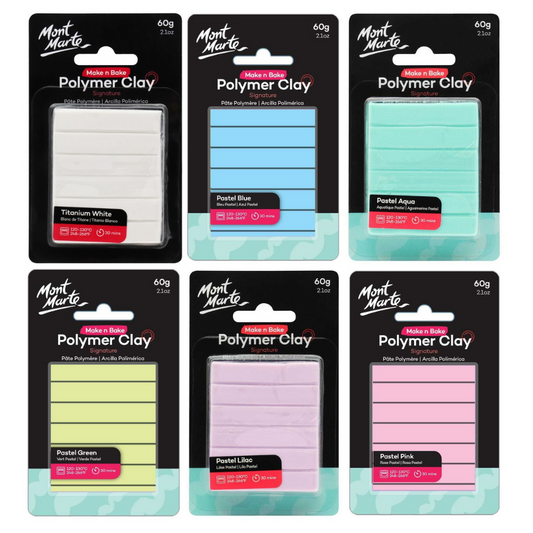
Guide to Baking and Finishing Polymer Clay Projects
Polymer clay is a versatile material used in a range of creative projects, from intricate jewelry to decorative sculptures. Baking it properly is key to ensuring that your masterpiece is durable and long-lasting. Here's a simple guide on how to bake and finish your polymer clay creations, using popular brands like Sculpey and Mont Marte.
About Polymer Clay
Polymer clay is a soft, synthetic material that hardens when baked at low temperatures. It remains pliable until it is cured in an oven, making it ideal for intricate designs. Once baked, polymer clay retains its shape, color, and durability.
How to Bake Polymer Clay
Baking polymer clay is easy, but precision with temperature and time is essential. Whether you’re using a conventional oven or a toaster oven, careful heat control will ensure you don’t over- or under-bake your piece. Testing small pieces before baking larger ones is a great way to check how your oven handles polymer clay.









